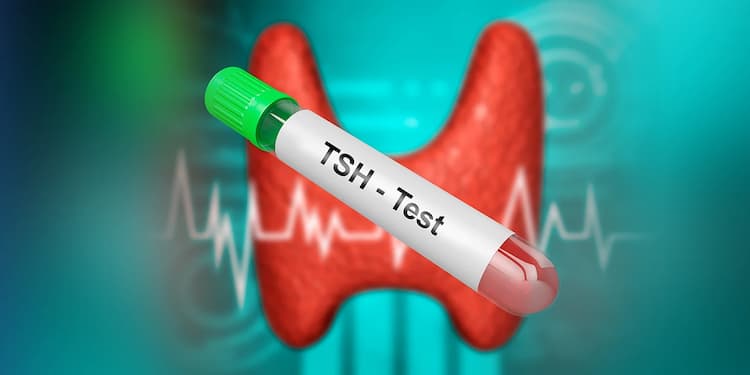Your lipid profile predict if you are prone to type-2 diabetes or cardio vascular diseases: New study

Medically Reviewed By
Dr. Ragiinii Sharma
Written By Dr Divya Rohra
on Mar 24, 2022
Last Edit Made By Dr Divya Rohra
on Mar 15, 2024

According to the World Health Organisation (WHO), type II diabetes and cardiovascular diseases are one of the leading causes of death across the world. Diet and lifestyle are generally considered the main risk factors for the development of cardiovascular diseases and type II diabetes. Thus, it is very crucial to identify the individuals that are at a high risk of developing these disorders at an early stage so that proper treatment at the right time can be given.
This urgency was understood by Chris Lauber of Lipotype, Germany, and colleagues in his recent study on using lipid profiles to predict the risk of type II diabetes and cardiovascular diseases.
This study was published in PLoS Biology on 3rd March 2022.
Research Study
In the mentioned research study, approximately 4,067 participants were taken into consideration. Medical, physical, and laboratory assessment of each participant was conducted. The shotgun lipidomics was also used to measure the lipidomes of fasted blood plasma samples. The molar concentration of around 184 lipid species or subspecies. The participants with prevalent baseline diabetes were excluded from the study leaving the figure to 3688 individuals. A predicted classification model for future incidences of T2D and CVD was constructed to analyse if the risk of occurrence of the disease is reflected by the changes in the lipidome. For initiation, a simple model consisting of the age and gender of a person was constructed so as to estimate a null risk for the development of CVD and T2D. In the case of type II diabetes, an increase in the risk score quantile did not show any increase in the case rate. However, for cardiovascular diseases, the 80 to 90% quantile observed a case rate of 34.4%, and the 90 to 100% quartile showed a case rate of 44.3%. The values of case rate differed significantly from the average incidence rate
The lipidomics risk score was computed for 184 lipid species to observe the effect of lipidome composition on future risk of development of T2D and CVD. According to the observations made in the research, the lipidomics score increased with an increasing incidence rate of T2D and CVD. In cases of type II diabetes, the case rates in the 0 to 10% quantile were around 3.2% while the rates in the highest quantile (90 to 100%) were around 37.0%. In cases of cardiovascular diseases, the case rate in 0 to 10% quantile is around 10.4% and in the 90 to 100% quantile, the case rate is around 40.5% showing a 52.8% decrease and 84.2% increase in the average incidence rate.
The researchers of the study also assessed the impact of genetic predispositions on T2D and CVD. A polygenic risk score for each disease was computed from the GWAS. The risk stratification was further improved by including the vital and standard clinical measurements in the study. The parameters included were body mass index, fasting blood glucose, systolic blood pressure, high density, and low-density lipoprotein, glycated hemoglobin, and triglycerides. Statistical comparisons of the lipid concentration were made to identify the constituents that specifically fluctuate in high-risk people. Based on the lipidomics data, the lipidomes were clustered into subgroups so as to correlate with the risk of occurrence of diseases.
Takeaway
Through the above-explained study, it is evident that the lipidomics profile can play a major role in predicting the chances of development of type II diabetes and cardiovascular diseases in different individuals. Therefore, lipid profile becomes an important parameter that can help doctors diagnose your chances of developing diseases like type II diabetes and/or cardiovascular diseases, making early diagnosis and treatment possible.
Frequently Asked Questions (FAQs)
-
Can this study be used for personalised medicine practices?
This study can act as the first step in the direction of personalised medical practices by calculating the risk of an individual to CVD and T2D.
-
Is there any limitation related to the above-explained study?
The above-mentioned study is conducted on the Swedish population and thus should be done independently in other countries as well to check if it's universally applicable.
-
What is meant by lipidomics profile?
Lipidomics profile refers to the simultaneous measurement of all the lipids present in human blood and not just selected lipids.
![Gluten Allergy Test - Price, Purpose, & Result [2024]](/myhealth/_next/image/?url=https%3A%2F%2Fmyhealth-redcliffelabs.redcliffelabs.com%2Fmedia%2Fblogcard-images%2FNone%2Fe94dfe46-8720-40de-854a-deedae3143d1.webp&w=750&q=75)


